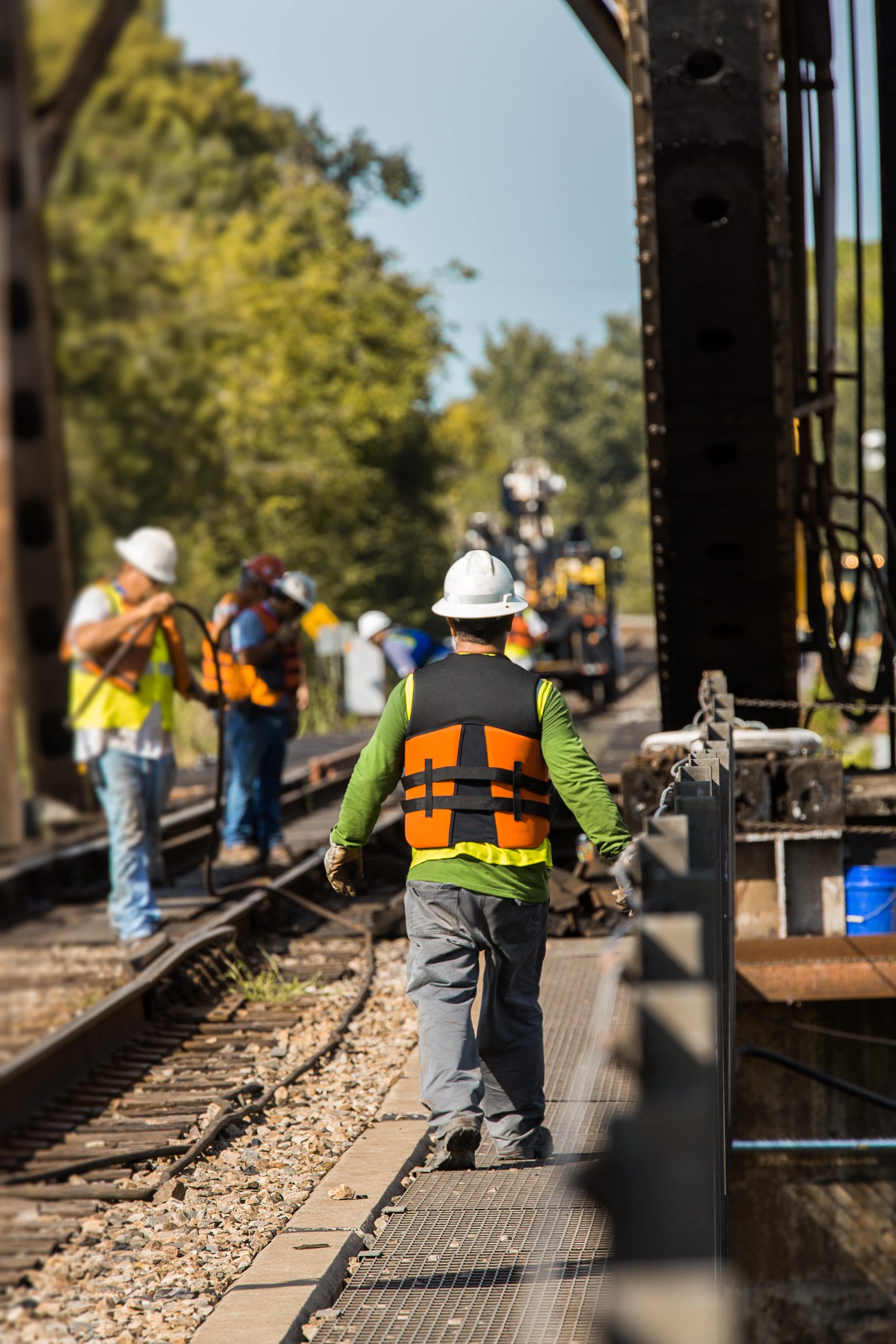This Week's Most Popular Stories About Railroad Cancer Lawsuit Railroad Cancer Lawsuit

Understanding Railroad Cancer Lawsuits: An In-Depth Look
Railroad workers face numerous dangers on the task, from the physical threats inherent in running heavy machinery to ecological exposures that can result in serious health conditions. Among these dangers is the increased capacity for developing numerous types of cancer, mainly due to direct exposure to carcinogenic compounds. This post dives into the complexities of railroad cancer lawsuits, shedding light on what victims can do to look for justice and the intricacies included.
What is a Railroad Cancer Lawsuit?
A railroad cancer lawsuit is a legal action taken by previous or current railroad workers diagnosed with cancer, alleging that their condition was an outcome of occupational exposure to hazardous substances while on the task. These compounds can include asbestos, diesel exhaust fumes, benzene, and other harmful chemicals typically discovered in railroad environments.
Table 1: Common Carcinogens in the Railroad Industry
| Carcinogen | Associated Risks | Sources in Railroads |
|---|---|---|
| Asbestos | Lung cancer, mesothelioma cancer | Insulation, older brake linings |
| Diesel Exhaust Fumes | Lung cancer, bladder cancer | Train operation, engine maintenance |
| Benzene | Leukemia, lymphoma | Solvent use, fuel exposure |
| Creosote | Skin cancer, lung cancer | Wood treatment, rail ties |
| Formaldehyde | Nasopharyngeal cancer, leukemia | Numerous chemicals and adhesives |
Victims often pursue these claims under the Federal Employers Liability Act (FELA), which offers a framework for railroad workers to declare payment for injuries that take place on the task due to the business's negligence.
Why Pursue a Railroad Cancer Lawsuit?
- Accountability: FELA allows hurt workers to hold their companies liable for hazardous working conditions.
- Settlement: Employees can look for financial damages for medical costs, lost incomes, discomfort and suffering, and any future medical expenses related to their cancer.
- Awareness: Filing a lawsuit can help raise awareness about hazardous working conditions and pressure railroad companies to enhance precaution.
Table 2: Potential Damages in Railroad Cancer Lawsuits
| Type of Damage | Description |
|---|---|
| Medical Expenses | Expenses of treatment, surgery, and medications |
| Lost Wages | Compensation for time off work |
| Discomfort and Suffering | Damages for physical and psychological distress |
| Future Medical Expenses | Expected costs of ongoing treatment |
| Loss of Enjoyment of Life | Settlement for the total loss of enjoyment due to the disease |
The Legal Process
Browsing a railroad cancer lawsuit involves several key steps:
- Consultation: Victims ought to initially seek advice from a legal professional who concentrates on FELA cases or injury.
- Collecting Evidence: Collecting proof is vital. This includes medical records, work records, and paperwork of exposure to carcinogens.
- Suing: The attorney will draft and sue, which should comply with FELA's requirements.
- Negotiation: Many cases settle out of court, however if the railroad business contests the claim, the case may continue to trial.
- Trial: If the case reaches trial, the attorney will provide evidence, consisting of expert testaments, to establish the link between the cancer diagnosis and work exposure.
Obstacles in Railroad Cancer Lawsuits
Regardless of the protective statutes in place, there are numerous challenges plaintiffs might face:
- Proving Causation: Demonstrating that their cancer resulted directly from workplace direct exposure can be made complex, requiring expert testament and medical proof.
- Direct exposure History: Railroad workers typically change jobs or work in numerous environments, making it hard to pinpoint specific instances of toxic exposure.
- Time Limitations: FELA enforces a three-year statute of restrictions from the date of diagnosis or discovery of the disease to file a claim.
Table 3: Frequently Encountered Challenges
| Obstacle | Description |
|---|---|
| Causation Difficulties | Difficulty in showing the direct link |
| Complex Work History | Differed job roles can muddy direct exposure records |
| Statute of Limitations | Stringent timeframes for filing claims |
FAQ
1. Who can file a railroad cancer lawsuit?
Only railroad workers who have actually been detected with cancer due to workplace direct exposure to carcinogenic agents can file a lawsuit under FELA.
2. How does FELA differ from workers' compensation?
FELA permits injured workers to sue their employer for carelessness, whereas workers' settlement provides advantages no matter fault, usually without the chance for damages for pain and suffering.
3. What types of cancers are typically connected to railroad work?
Common cancers include lung cancer, leukemia, bladder cancer, and mesothelioma, often linked to exposure to asbestos and other harmful compounds.
4. Can household members of departed workers file a lawsuit?
Yes, member of the family may submit a wrongful death claim if a railroad employee dies due to cancer associated to occupational exposure.
5. Is there a time limit to submit a lawsuit?
Yes, plaintiffs have three years from the date of medical diagnosis or discovery of the disease to submit a lawsuit under FELA.
Railroad cancer claims work as a critical avenue for justice for those experiencing conditions intensified by their work environment. While Railroad Lawyers Near Me can be intricate, the potential for accountability and payment highlights the significance of comprehending one's rights as an injured employee. For those facing such obstacles, seeking knowledgeable legal counsel can make a substantial distinction in browsing the intricacies of these cases. Comprehending Cancer Lawyers Near Me related to railroading and taking proactive actions can result in a more secure, more accountable industry for all employees involved.

